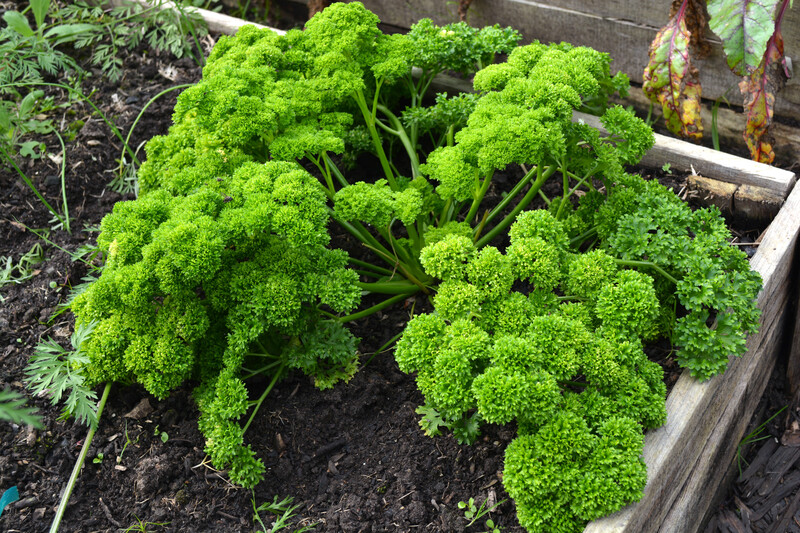What Are Broadleaf Weeds?
Posted on 30/04/2025
Broadleaf weeds encompass a diverse category of undesirable plants that can hamper the health and visual appeal of lawns, gardens, and agricultural fields. Characterized by their wide, flat leaves as opposed to the narrow leaves of grasses, these weeds can be both annual and perennial, making them a persistent challenge for gardeners and farmers alike. But what exactly are broadleaf weeds, and how can they be managed effectively?
Understanding Broadleaf Weeds
Broadleaf weeds are classified based on their distinctive leaf structure. Unlike grass-like weeds, which have narrow, blade-like leaves, broadleaf weeds have wider, often more elaborate leaf shapes. Common examples of broadleaf weeds include dandelions, clover, chickweed, and plantain. Broadleaf weeds can grow in a variety of environments, from lawns and gardens to agricultural fields and pastures.

Common Types of Broadleaf Weeds
Several types of broadleaf weeds are commonly found across different regions.
Dandelions
Recognizable by their bright yellow flowers and fluffy seed heads, dandelions are a perennial broadleaf weed.
Clover
Clover, known for its trifoliate (three-leaf) structure, is another common broadleaf weed that can spread rapidly in lawns.
Chickweed
Chickweed, an annual weed, grows low to the ground and has small, white flowers. It's often found in shady, moist areas.
Plantain
Plantain weeds have broad, ovate leaves. Both broadleaf plantain and buckhorn plantain are common in disturbed soils.
How Broadleaf Weeds Impact Ecosystems
Broadleaf weeds can significantly impact ecosystems if not managed properly. They compete with desirable plants for sunlight, water, and nutrients. This competition can lead to reduced crop yields in agricultural settings and less vibrant lawns and gardens. Additionally, some broadleaf weeds may host pests and diseases that can further affect surrounding plants.
Mechanisms of Broadleaf Weed Spread
Broadleaf weeds have various mechanisms for spreading. Dandelions, for instance, utilize wind-dispersed seeds that can travel significant distances. Other weeds, like chickweed, have seeds that are spread by water or human activities. The persistent nature of these weeds often requires a combination of mechanical, cultural, and chemical control methods for effective management.
Methods for Managing Broadleaf Weeds
There are several approaches to managing broadleaf weeds, each with its own set of benefits and challenges.
Mechanical Control
Mechanical control involves physically removing weeds, often through hand-pulling or mowing. This method is labor-intensive but doesn't introduce chemicals into the environment.
Cultural Control
Cultural controls involve practices that promote the health of desirable plants, thereby reducing the ability of weeds to establish. This can include proper lawn care techniques like mowing at the right height and ensuring adequate fertilization.
Chemical Control
Chemical controls include herbicides specifically formulated to target broadleaf weeds. It's important to follow all label directions when using herbicides to ensure effectiveness and minimize environmental impact.
Pros and Cons of Broadleaf Weed Control Methods
Pros
- Effective in improving lawn and crop health
- Variety of methods available to suit different needs
- Mechanical control is environmentally friendly
- Chemical control can provide quick results
Cons
- Mechanical control is labor-intensive
- Chemical controls can have environmental impacts if misused
- Costs associated with herbicides and other controls
- Persistent weeds may require repeated treatments
Tips for Managing Broadleaf Weeds
- Regular Monitoring: Regularly inspect your lawn or garden to identify and address broadleaf weeds early.
- Proper Lawn Care: Maintain your lawn through appropriate mowing, watering, and fertilization.
- Use Mulch: Mulching garden beds can help suppress weed growth.
- Choose the Right Herbicide: Use herbicides that are specifically formulated for broadleaf weeds.
- Integrated Approach: Combine mechanical, cultural, and chemical controls for the best results.

Takeaways
- Broadleaf weeds are characterized by their wide leaves and can be found in various environments.
- Common types include dandelions, clover, chickweed, and plantain.
- Effective management includes mechanical, cultural, and chemical controls.
- Each control method has its own set of pros and cons.
- A combination of methods often yields the best results for long-term control.
Conclusion
Broadleaf weeds are a common and often frustrating issue for gardeners, homeowners, and farmers. Understanding their characteristics and the ways they impact your landscape is the first step to effective management. By employing a multi-faceted approach that includes mechanical, cultural, and chemical methods, you can maintain a healthy, weed-free environment. Regular monitoring and proper lawn care practices can also play a significant role in preventing the establishment and spread of these persistent weeds.




